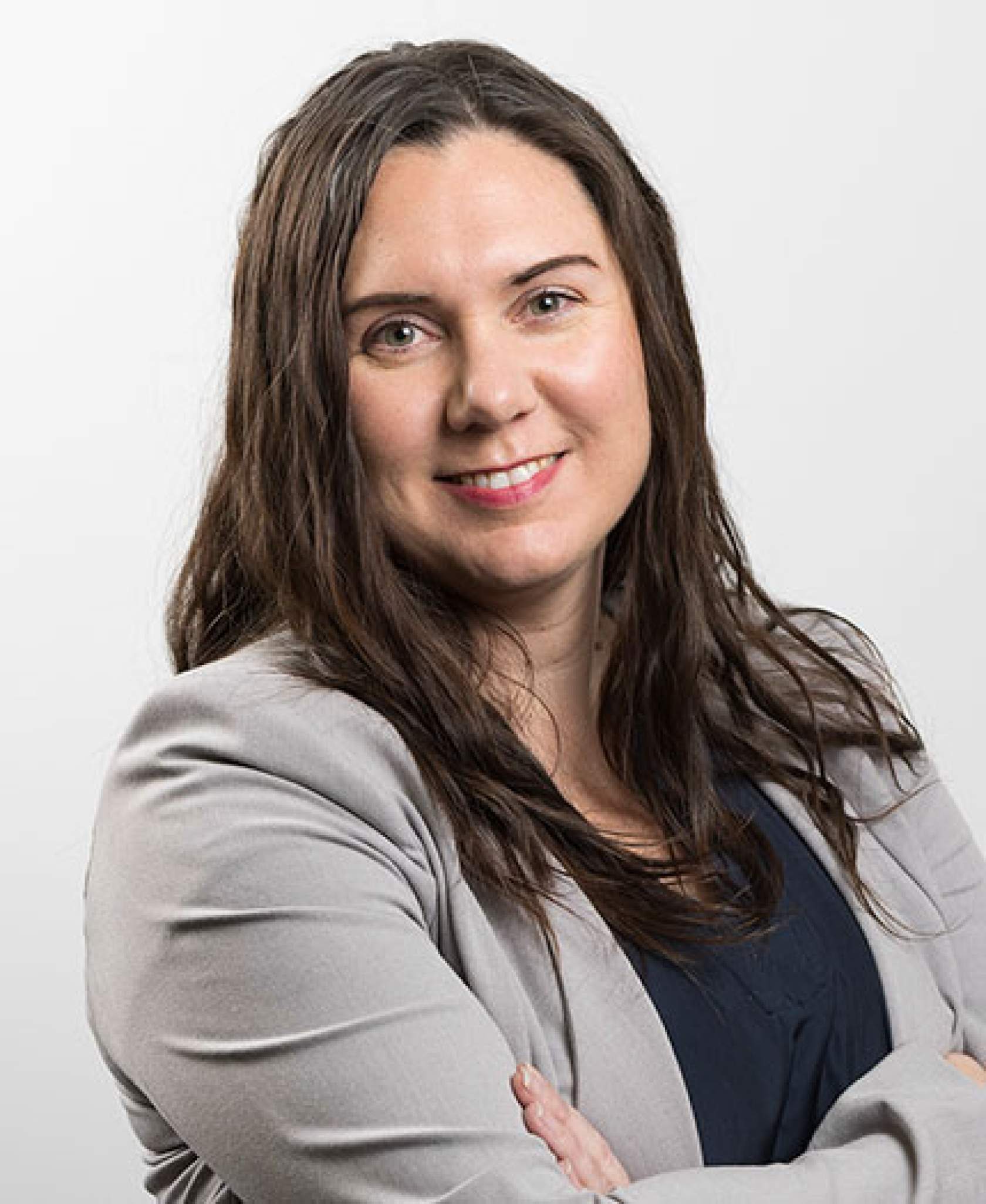
Making inclusive decision making real

Belinda Newham’s background is as a Multi-Criteria Decision Analyst and Facilitator.
Her work in the Federal Public Service and as a private consultant motivated her to develop her own business with a primary focus on improving decision making in both the public and private sectors.
She is a Mill House GRSIT graduate and the founder of Decision Revolution
I recognised a gap where there is not enough diversity in decision making – even when there is a high level commitment from leadership to be inclusive. All stakeholders need to be brought into the process, including those that are ultimately affected by decisions and those that have responsibility to implement. In addition, there needs to be more rigor around the process itself, including selecting the appropriate decision making supports and tools.
Most businesses and government departments are committed to making good decisions, but when there is a lack of diversity and low levels of awareness about how decisions are being made, it has a negative impact on outcomes.
I wanted to create an environment where individuals and leaders were deliberate about how they go about making decisions, and where the process and the outcomes can create a positive impact for all stakeholders.
Decision making is almost completely overlooked as a skill and discipline. However addressing really complex situations such as investments, competing objectives among stakeholders, a desire for multiple outcomes, how best to manage risk, assets, or security needs a deliberate approach.
As a social enterprise, we have specific social objectives at the heart of our purpose and operations. We are trading with the dual purpose of driving decision performance to create better outcomes for communities, and tackling discrimination by creating greater diversity in decision making.
I suppose I can break it down into two distinct needs:
How to make a decision where there are lots of competing views which in turn can impact multiple stakeholders. For example strategy, policy and grants programs impact a lot of people. So who are the stakeholders that need to be involved, and how do we develop a process that has rigor to ensure the program will be a success.
At a higher level focusing on the decision making dynamic – set up systems, the development of and implementation of processes and how to use data to make effective decisions as a team. Then engaging everyone on how they operate in this area, how they consult, explore data, and develop a rhythm in the way the team operates to make decisions.
Primarily the structured nature of the program. I came with some experience in LEAN methodology and business startups, however I found the structure of the program and the community I was introduced to great. I now have support when I need it from the GRIST Alumni, other 3rd parties, GRIST Mentors and the Canberra Innovation Network. I’m very happy to have been part of it.
